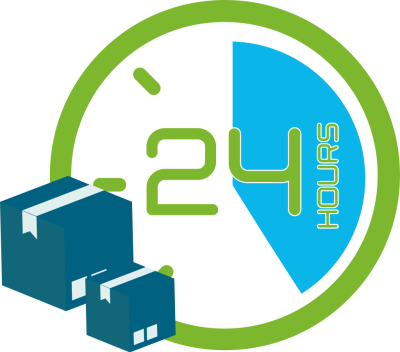SAP, ServiceNow, and Salesforce Cloud Service Consulting Company | LMTEQ
- Home
- SAP
- Salesforce
- ServiceNow
- Snowflake
- Microsoft
- NetSuite
- Industries
- Company
- Resources
- Contact
Essential Features Of Salesforce Customer 360

The goal of this case study is to find a solution to the timeout problem users encounter when generating several invoices at once in the billing application. The process will be optimized in order to speed up responses and increase user productivity while still remaining compatible with various billing models.
Overview
A billing application faced a common issue of timeout when users created multiple invoices simultaneously. This resulted in a slow response time and a loading screen that made it difficult for users to perform other actions. To solve this problem, the application needed a new solution that would allow for faster processing of bulk invoices with SAP SD while also optimizing the existing business process.
Challenges and Pain Points:

The challenges faced by the development team included the need to accommodate different billing types (Lump Sum, Time and Material, Accrual, and Event), the time required for testing and regression scenarios, and the need to optimize objects without affecting the existing business process. Additionally, the team had to ensure that the changes they made were applicable by the SAP SD module to all clients and did not impact productivity.
Solution:

To address these challenges, the team implemented a parallel processing logic of SAP SD that used asynchronous calls to the servers available in the RFC server group specified for processing. They also created a billing schedule program job that allowed users to collect and process huge invoice creation requests on a daily basis. This reduced the load on the system and allowed users to create multiple invoices without experiencing timeouts.
The team also provided users with a tab in the billing screen where they could add draft details that needed to be invoiced along with dates. Each day, the job would pick up data from the billing schedule list and create invoices using a driver program created specifically for the job.
In this SAP case study, to allow users to perform other actions while invoices were being created, the team used a message displayed on the screen, informing users that invoice creation was in progress. Successful and errored invoices were also sent to clients via email, allowing them to take necessary actions to resolve any issues.
Results:

The optimized process allowed users to create multiple invoices without experiencing timeouts or slow response times. This increased productivity and efficiency for clients and reduced the load on the system. The team successfully implemented the changes for all billing types and ensured that the existing business process was not affected.
Conclusion:
The optimized process allowed users to create multiple invoices without experiencing timeouts or slow response times. This increased productivity and efficiency for clients and reduced the load on the system. The team successfully implemented the changes for all billing types and ensured that the existing business process was not affected.
Why Choose LMTEQ for Salesforce
CPQ Services in India?
- Salesforce official partner.
- Tailored implementation and managed services.
- Deep technical expertise.
- Proactive collaborative approach.
- Scalable AI solutions.
- Global client base.
- Proven track record.
- 24/7 support services.
